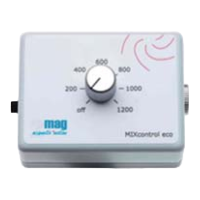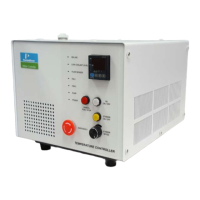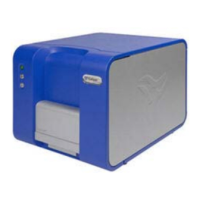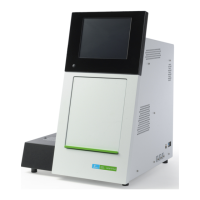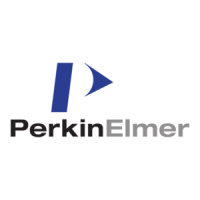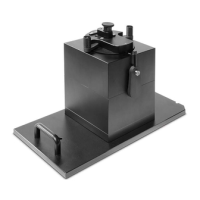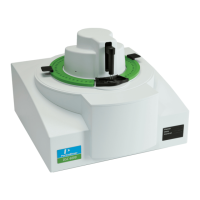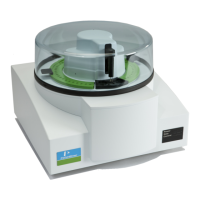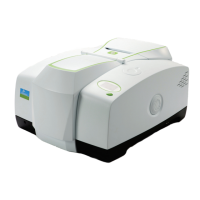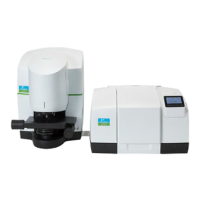Instrument Methods . 57
4. Enter the number of Standards to be used in the standards curve using the keypad
numbers or left and right arrows, and then press the down arrow.
The options are 1–9.
5. Enter the Units and then press the down arrow.
You can enter text up to 8 characters long using the keypad, or press Options
to
display the Units screen and access a list of pre-defined units.
In the Units screen, use the left and right arrows to select from the available options.
The options are µg/ml, µg/µl, pmol/µl, mg/dl, mmol/l, µmol/l, g/l, mg/l, µg/l, U/l, %,
ppm, ppb, conc or none.
The Units screen also enables you to select the number of displayed decimal points
(DP). The options are Auto, 0, 1 and 2.
NOTE: The result will always be fixed to 5 significant figures, regardless of how many
decimal points are selected (so 98768.2 is displayed as 98768, even with 1 decimal
point selected).
Press OK to save your options and return to the Method Settings screen.
You can still edit the units.
6. Select the type of Curve Fit using the left and right arrows, and then press the down
arrow.
The options are Zero Regression (this forces the straight line through the origin),
Regression (straight-line regression), Interpolation (linear interpolation) or
Cubic Spline.
7. Select the Calibration mode using the left and right arrows.
The options are Standards (to measure prepared standards) or Manual (entering
absorbance values by keypad) or New Standards (to replace any standards that have
already been collected).
8. If you selected Standards, press the down arrow and enter the number of Replicates.
This determines the number of standards to be measured and averaged at each
standard concentration point.
The options are Off (1), 2 or 3.
NOTE: If you selected Manual in Step 7, the option Replicates is not available.
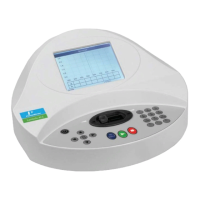
